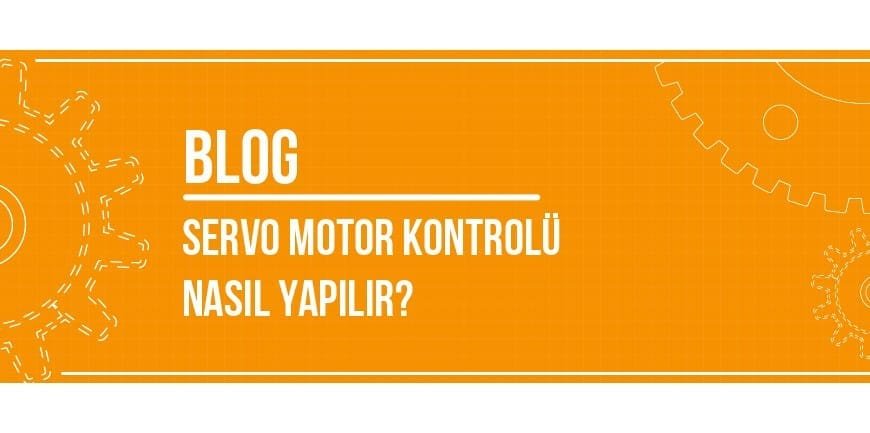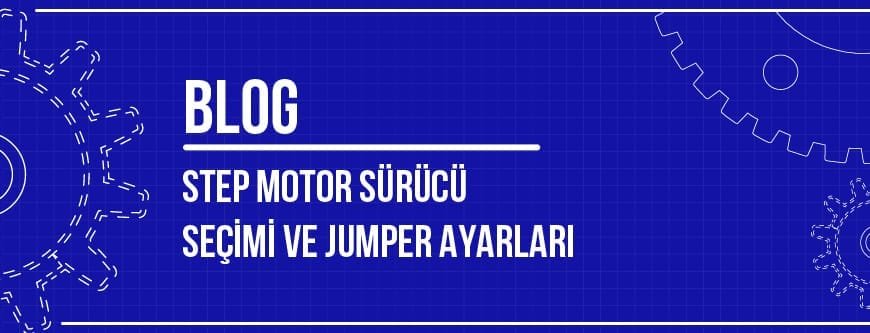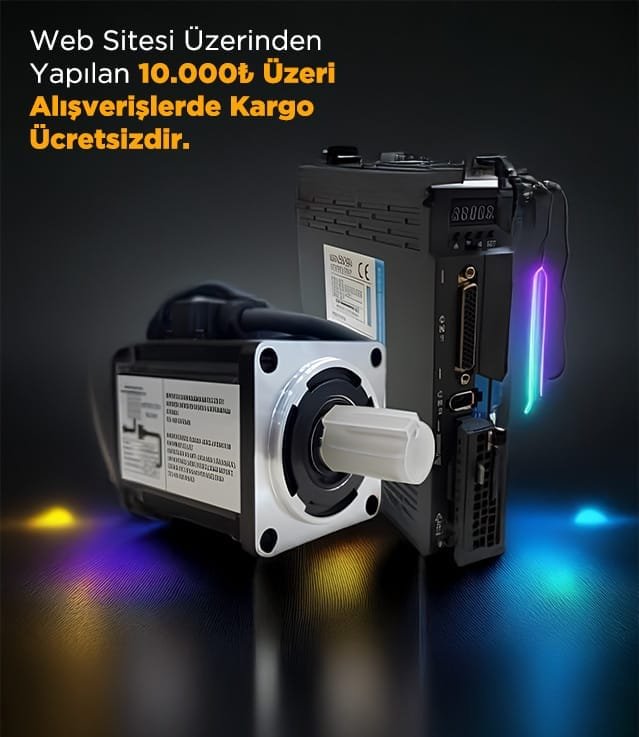No products in the cart.

İçindekiler
What is Resolver and How Does It Work?
What is the Resolver?
Resolver is an electromechanical feedback device that measures the position information of rotary motion through analog signals. It is often used in motor systems, especially in control applications that require precision. Resolvers are characterized by stable operation even in harsh environmental conditions and are often preferred in combination with servo motors.
This technology consists of a rotor and stator structure and provides angle information via alternating current signals. More durable than encoders, resolver motor systems produce reliable data even under adverse conditions such as high temperature, vibration and humidity. For this reason, resolver technology has gained a critical place in defense, aviation and heavy industry applications.
What Does Resolver Mean?
The term resolver is derived from the English word “resolve” and is mainly used to resolve position information in rotary systems. This system, which calculates the rotation angle of electric motors, can be defined as a position sensor that works with analog signals.
The resolver, which acts like a transformer, generates voltage signals that vary according to the position of the rotor. These signals are processed to calculate the rotation angle and speed of the motor. In this respect, resolver technology has become an indispensable tool for providing high accuracy feedback in servo motors.
How Does Resolver Work?
The resolver works on the principle of electromagnetic induction between the rotor and the stator. While a reference signal is sent to one of the windings on the stator, the other windings generate voltage according to the rotor position. These voltage signals are resolved to determine the angle of the rotor.
Since the generated signals are analog, signal processors or digitizers can be used during the resolving process. The analog structure makes the resolver more tolerant to sudden pulses and signal distortions. Especially in servo motor resolver systems, this structure provides stable and accurate position information.
Differences between Resolver and Encoder
Encoders and resolvers are both position feedback devices, but have significant differences in their operating principles and application areas. Encoders produce digital output, while resolvers produce analog signals. This makes the resolver less accurate but more robust.
Encoders and resolvers are both position feedback devices, but have significant differences in their operating principles and application areas. Encoders produce digital output, while resolvers produce analog signals. This makes the resolver less accurate but more robust.
Resolver Use in Servo Motors
The use of resolvers in servo motors ensures precise control of the system and stable operation of the feedback loop. The combination of a servo motor and a resolver allows the movement of the motor to be monitored in real time and provides accurate information to the control system.
This use is particularly prominent in industrial automation, CNC machines and robotic systems. Because both high durability and precision are required in these areas. Specially designed models such as the AMCI resolver work in full compatibility with servo motors, ensuring long life and uninterrupted operation.

What is Servo Motor Resolver?
A servo motor resolver is a resolver sensor integrated into servo motor systems. This sensor continuously measures the rotation angle and speed of the motor and provides feedback to the motor driver. Thus, the correct operation of the motor is guaranteed in closed loop control systems.
Such systems operate with high efficiency and low margin of error.
Servo motor resolver solutions, which are resistant to sudden voltage fluctuations thanks to their analog signal structure, can provide cost advantages while increasing system safety.
What Advantages Do Resolver Motors Offer?
Resolver motors offer significant advantages over encoders in terms of durability. Resolver motors are the ideal choice especially for machines operating in harsh environmental conditions such as dusty, humid or high temperatures. Their mechanically simpler structure reduces the failure rate.
Also, because they work with analog signals, they are more tolerant to signal distortion and electromagnetic interference. This results in a more stable performance of servo motors. AMCI resolver solutions are among the leading products in this sense; they are preferred especially in military and industrial applications.
Things to Consider When Choosing a Resolver
The most important factors to consider when choosing a resolver are operating temperature, vibration tolerance, resolution and the drive systems it is compatible with. Which motor system it will be integrated into and the difficulty level of the application directly affect the choice of resolver.
In addition, the compatibility of the converter equipment required for processing analog signals with the system should also be considered. If it is to be used with a servo motor, technical details such as servo motor resolver compatibility and ease of installation are also important.
Analog vs. Digital Feedback Systems
Analog and digital feedback systems offer different advantages and disadvantages. Resolver systems generate analog signals, while encoder systems send digital signals. Analog systems are preferred in industrial environments because they are more resistant to electromagnetic interference.
On the other hand, digital systems can measure more precisely but are more susceptible to environmental noise. In servo motor applications, the right choice should be determined according to the needs of the system. If high resolution and data processing speed are priorities, encoders should be preferred; if reliability and durability are priorities, resolvers should be preferred.
Reliable Feedback in Servo Motors with Resolver Technology
Resolver technology provides a long-lasting and reliable feedback source in servo motor systems. Especially in motion control systems, the instantaneous transmission of the position of the motor increases the stability of the system and minimizes production errors.
Thanks to its analog signal structure, there is no interruption in signal transmission even under harsh operating conditions. This makes servo motor resolver systems preferred in industries that require high performance. Brands such as AMCI resolver take this technology even further, offering both safety and efficiency to the user.
Diğer Blog Yazılarımız








